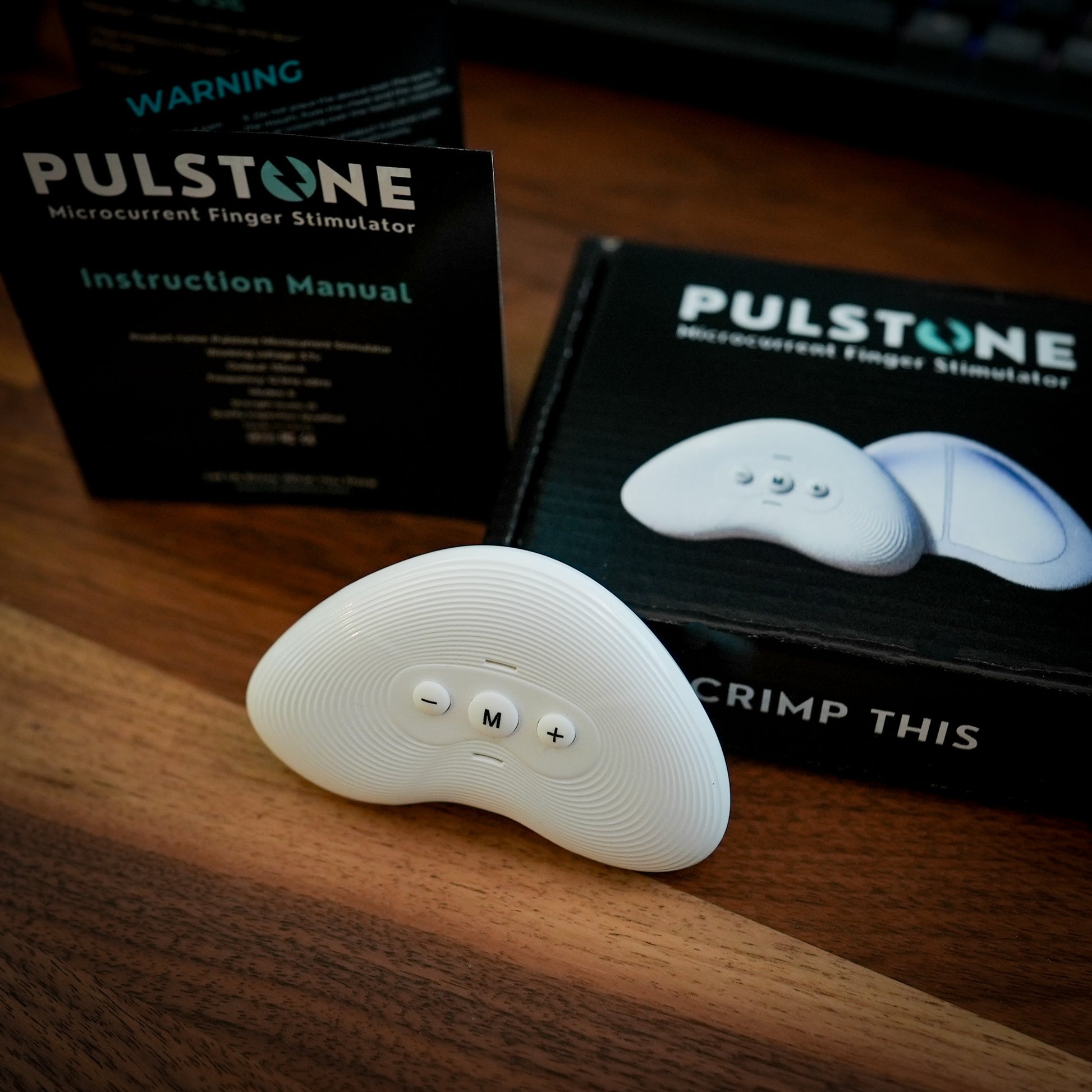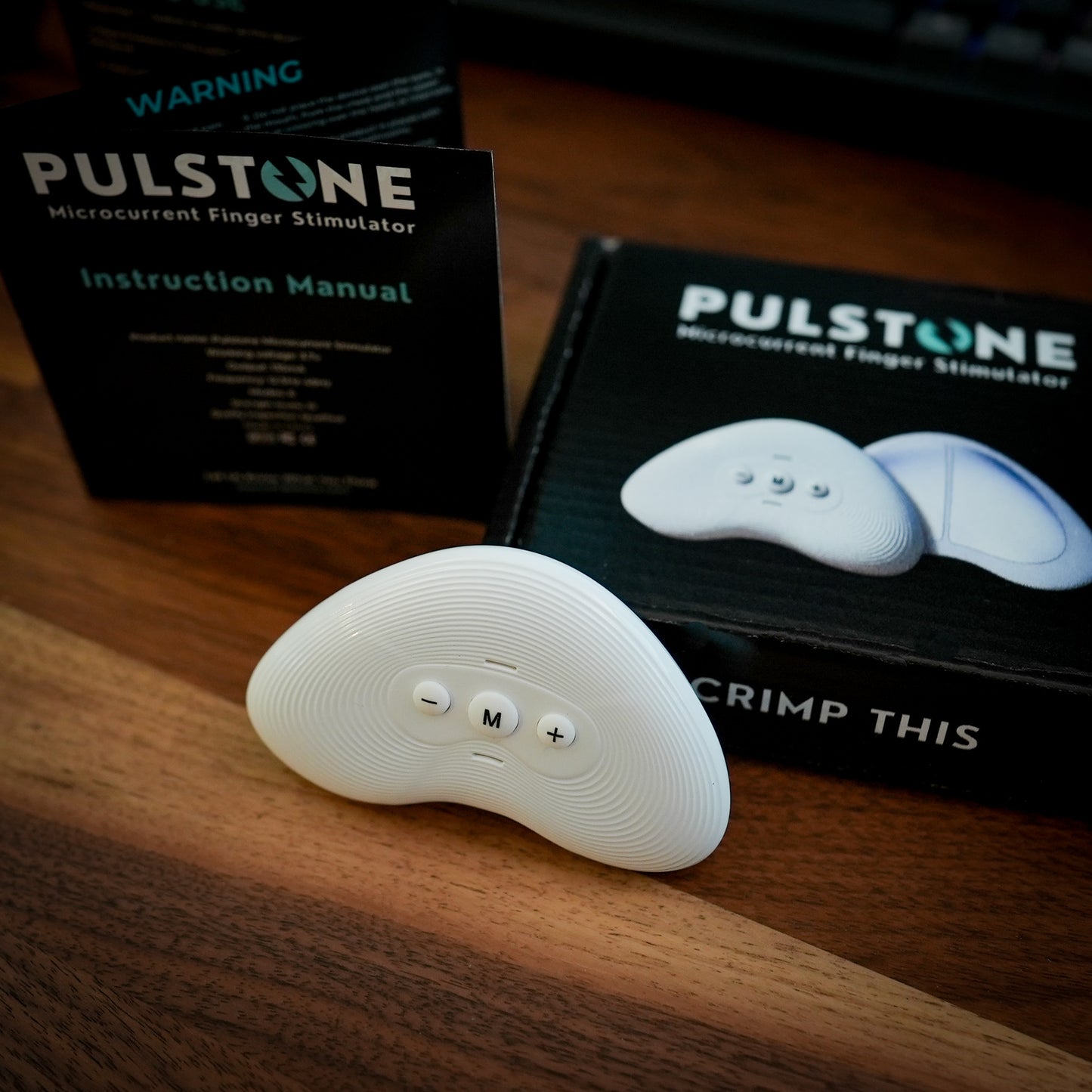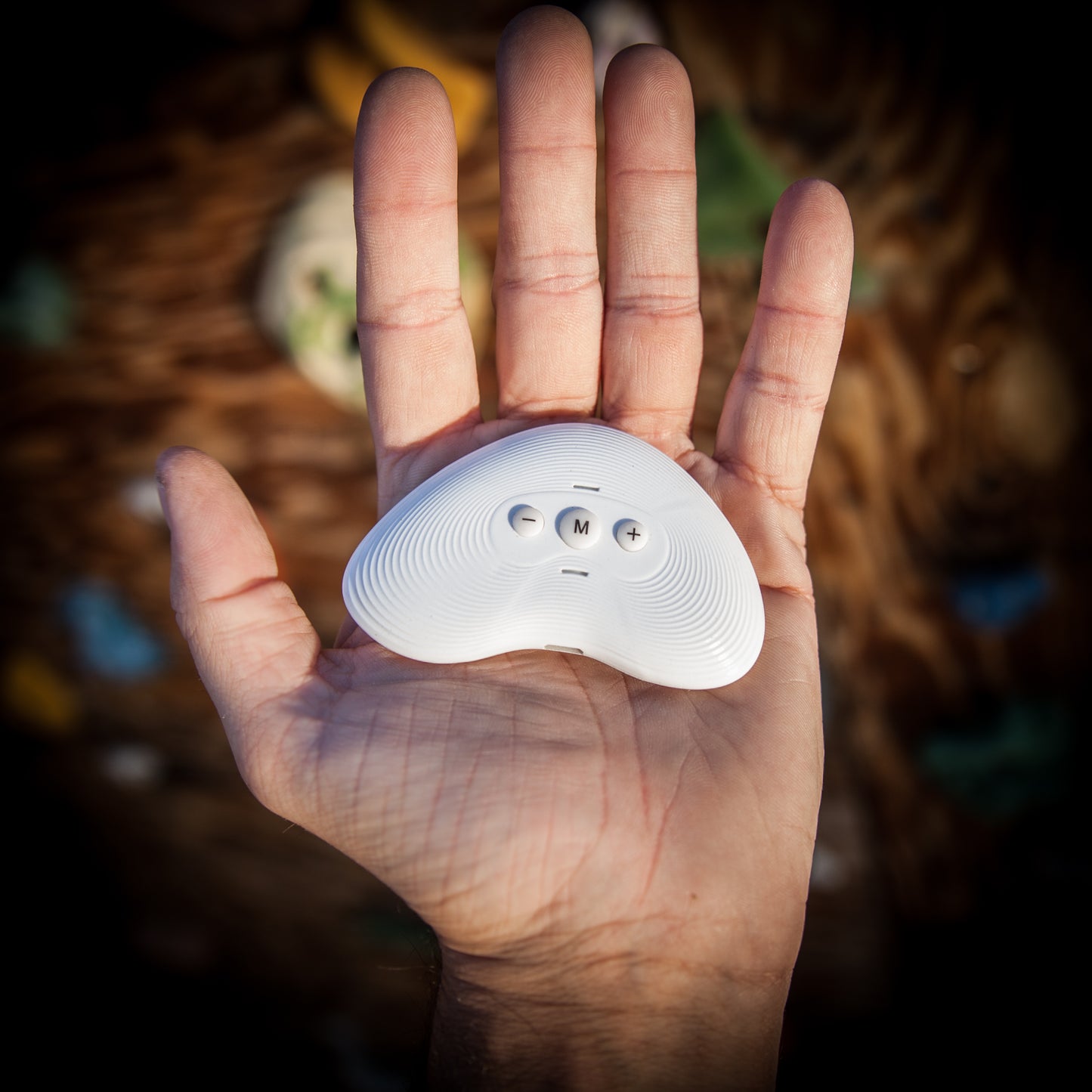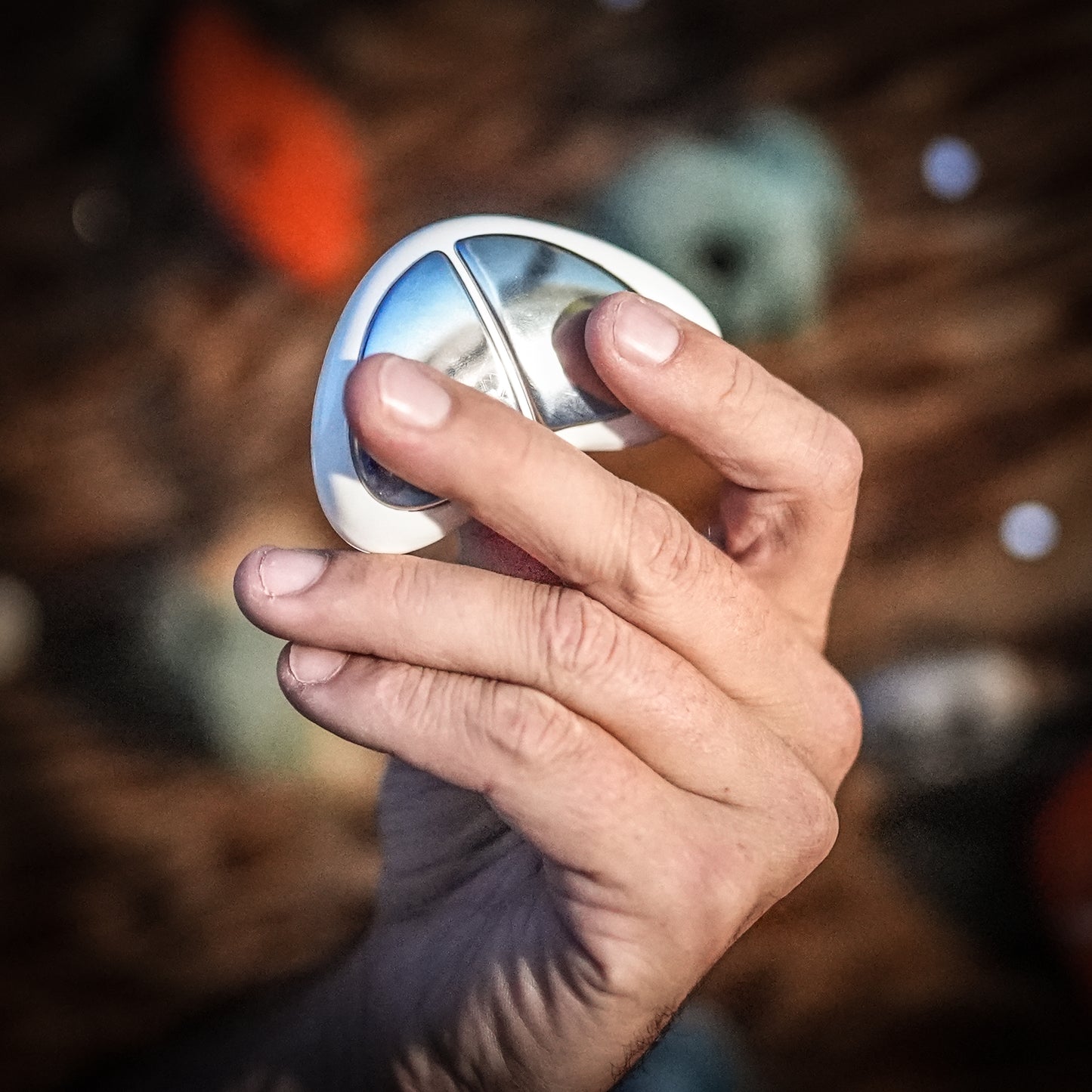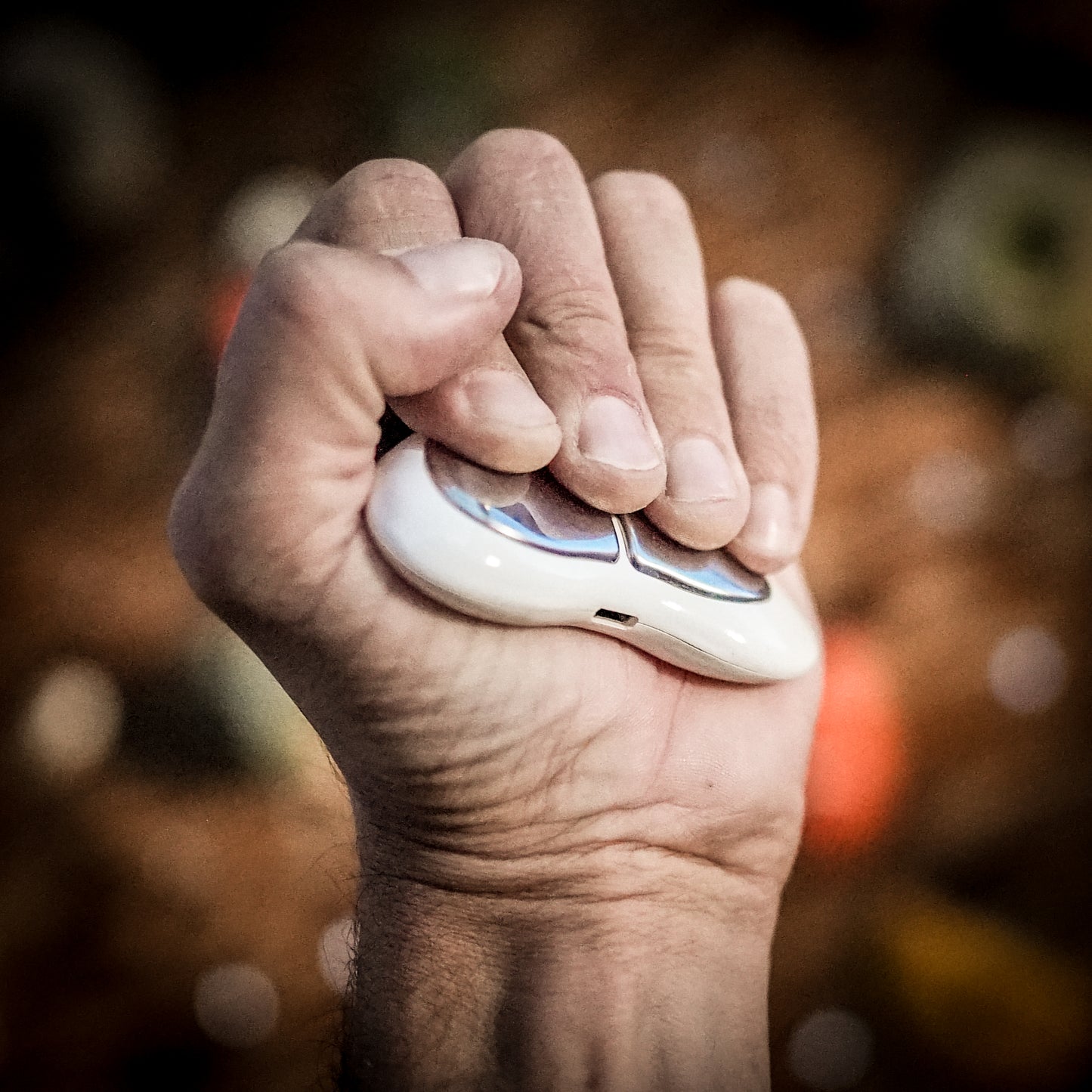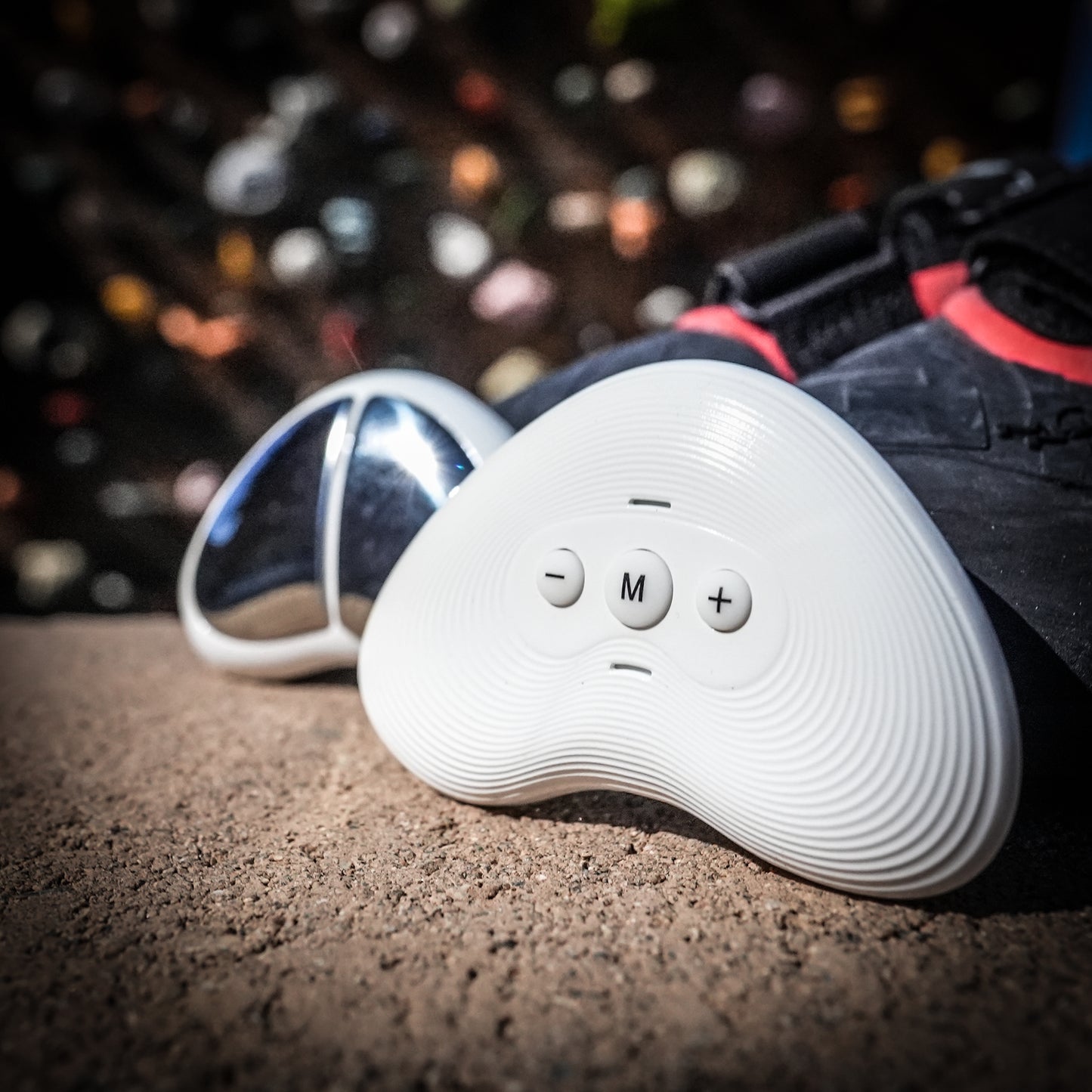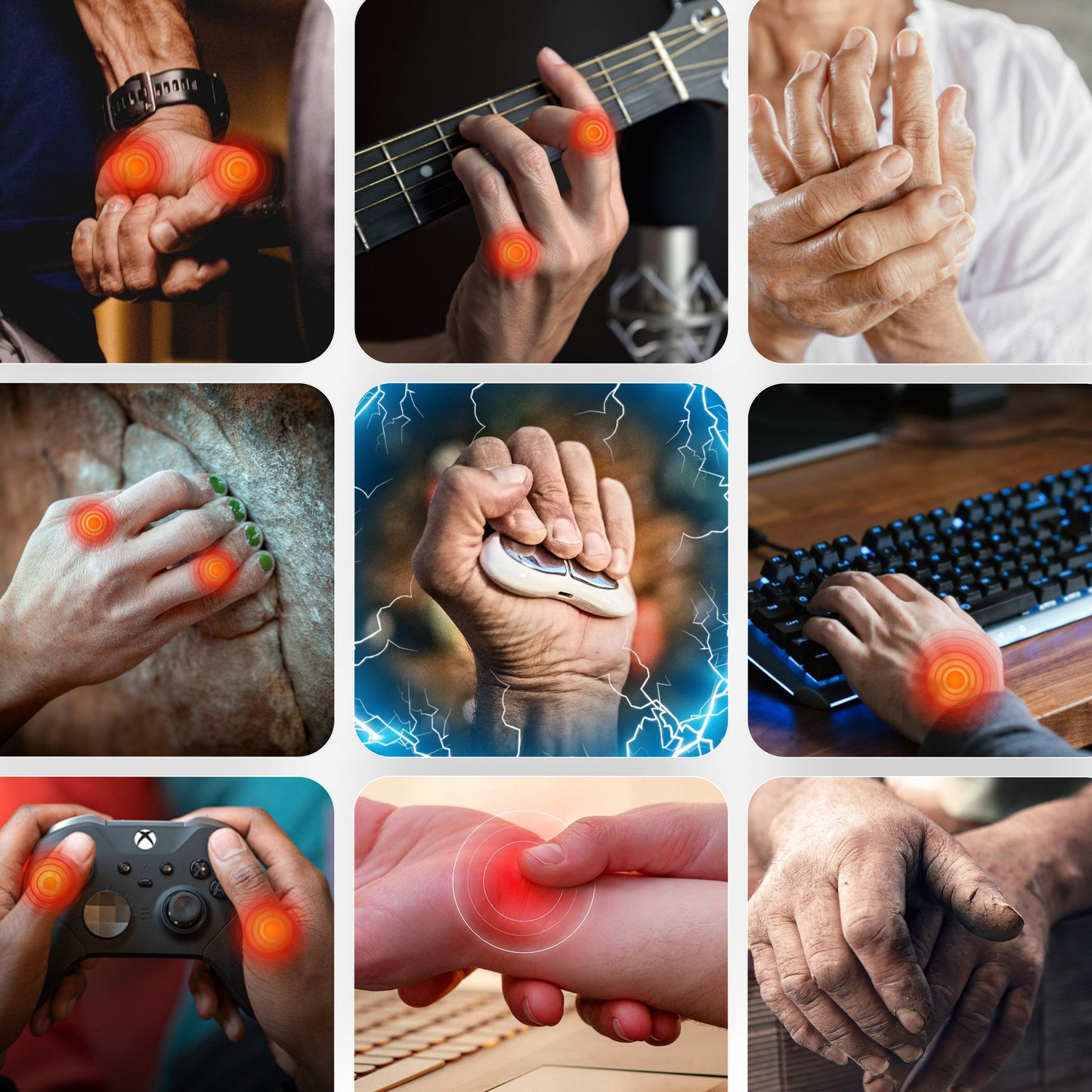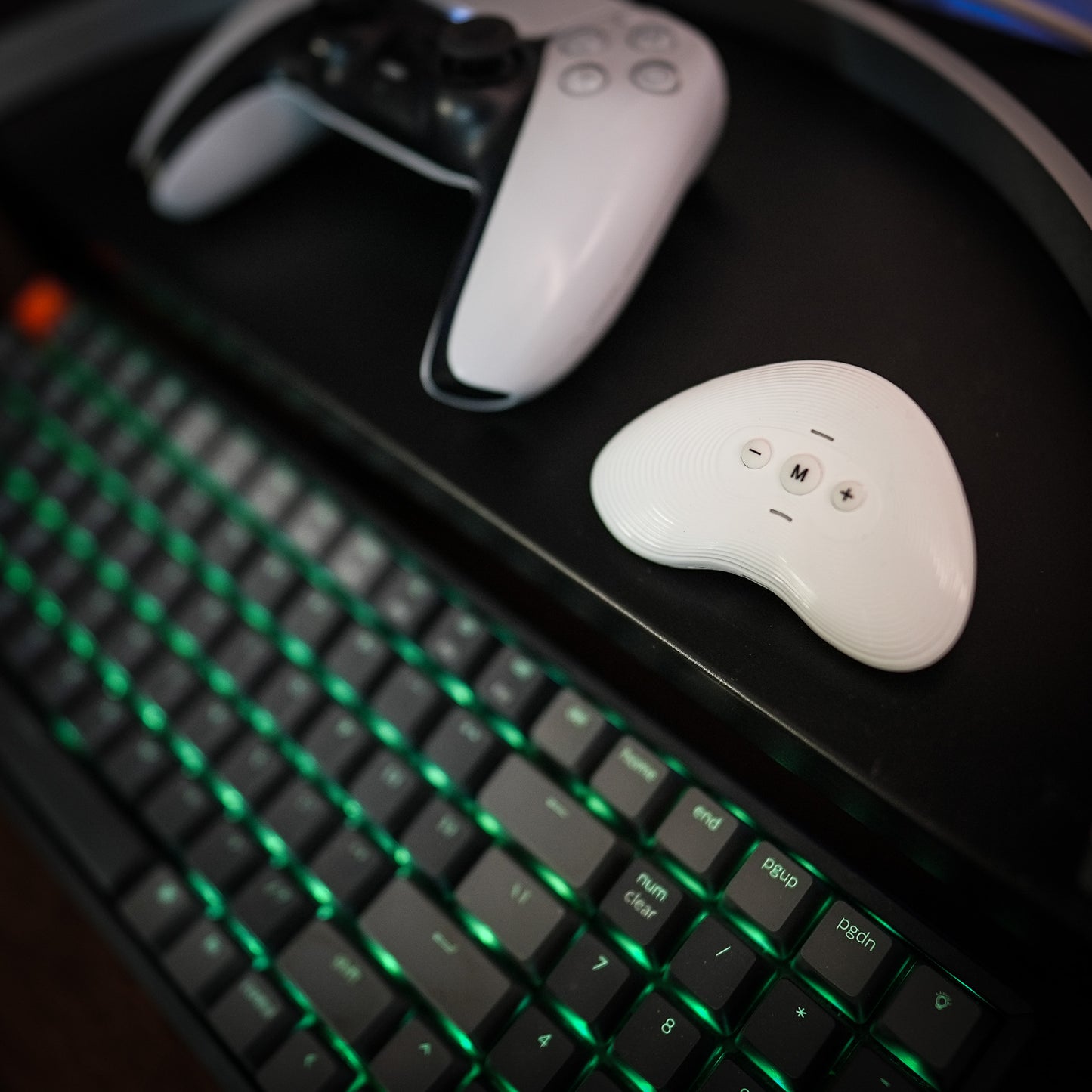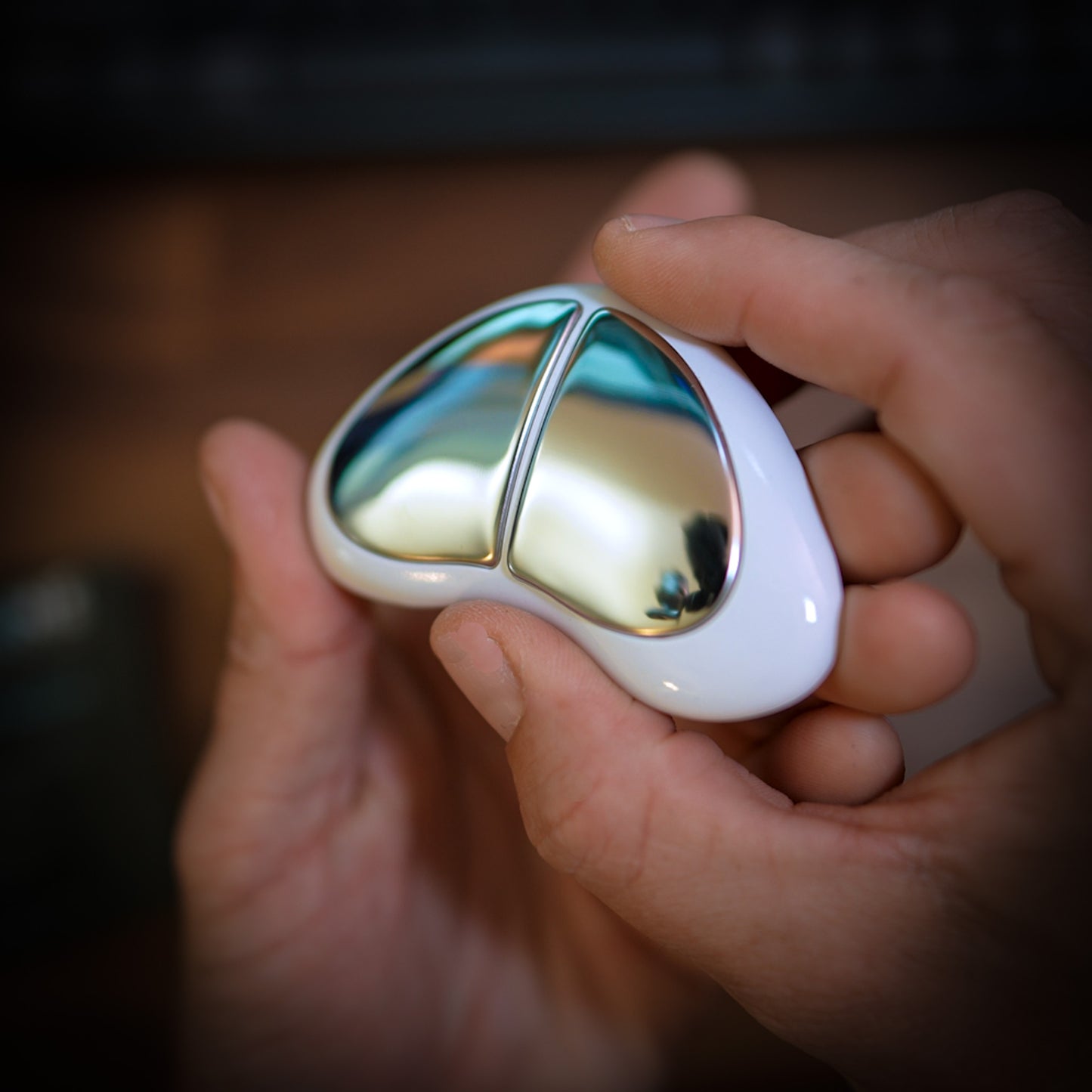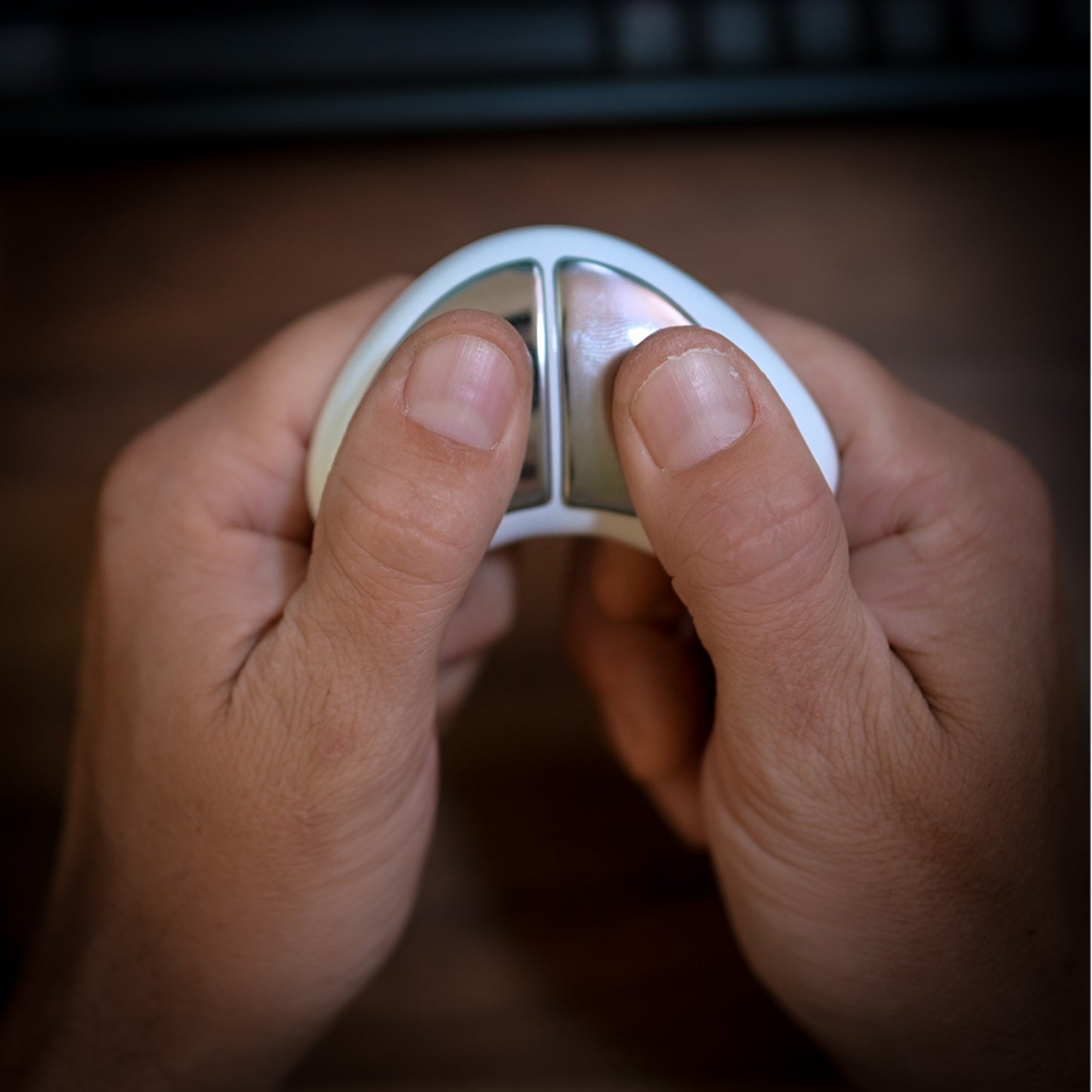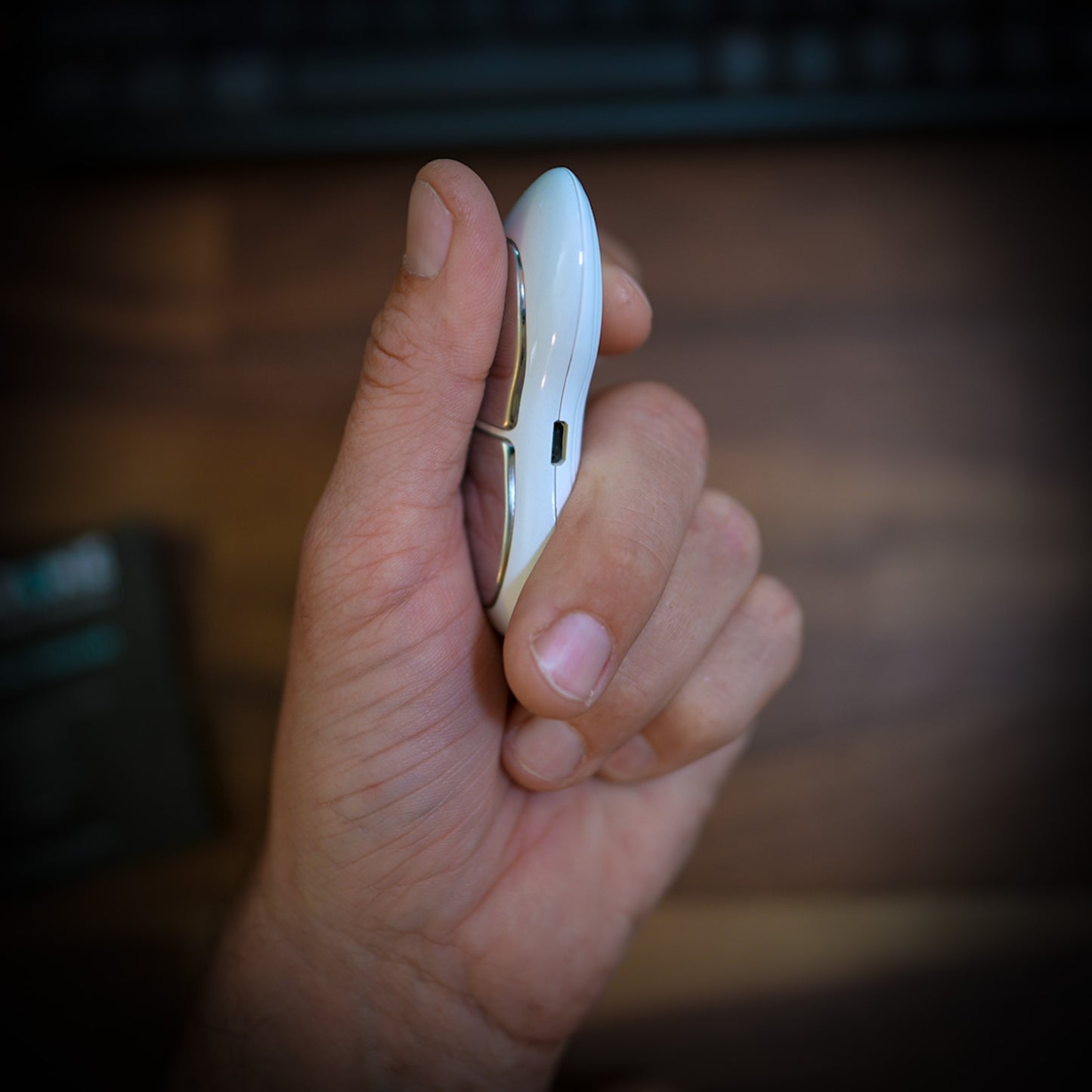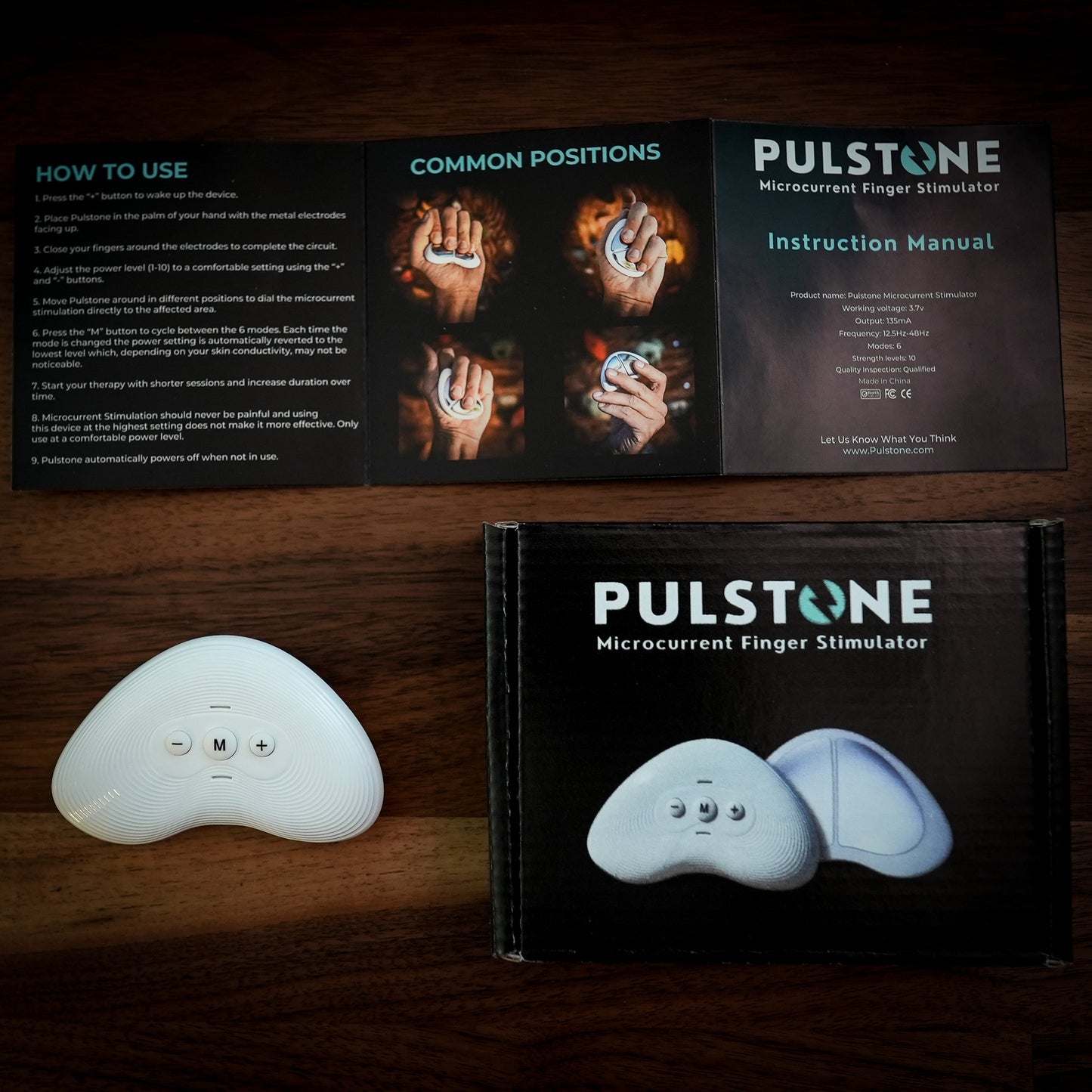Climbing is a thrilling pursuit that pushes physical boundaries, but the toll it takes on fingers can sometimes result in injuries that limit your ascent. Enter the game-changing ally – Microcurrent Stimulation. In this blog post, we'll delve into the common finger injuries climbers face, and explore how microcurrent stimulation can be the key to a faster and more effective recovery.
**Common Climbing-Related Finger Injuries:**
- **Pulley Injuries:** These injuries to the finger's pulley system often occur due to overloading during crux moves or excessive stress during dynamic climbing. Pulley injuries can range from strains to partial or complete tears.
- **Tendonitis:** Climbers are susceptible to tendonitis, inflammation of the tendons, due to repetitive stress on the fingers. This can cause pain, swelling, and difficulty gripping.
- **Strains and Sprains:** Overuse or sudden movements can lead to strains and sprains in the finger joints, affecting both the ligaments and muscles.
**How Microcurrent Stimulation Works:**
Microcurrent stimulation, utilizing low-level electrical currents, is a promising solution for climbers aiming to bounce back from finger injuries. Here's how it can make a difference:
- **Pain Management:** Microcurrents target pain receptors, triggering the release of endorphins – the body's natural pain relievers. This provides effective pain management without the need for medications.
- **Reduced Inflammation:** Microcurrent therapy has been shown to enhance cellular activity, promoting the movement of fluids and reducing inflammation. This is crucial for climbers dealing with swelling and discomfort in their fingers.
- **Accelerated Healing:** By increasing ATP production (cellular energy) and promoting protein synthesis, microcurrents contribute to faster tissue repair and regeneration. This accelerates the healing process for climbers eager to get back on the rock.
- **Precision Targeting:** Microcurrent devices allow climbers to target specific areas of injury with precision. This targeted approach ensures that therapeutic effects are concentrated where they are needed most.
**Incorporating Microcurrent Therapy into Your Recovery Routine:**
- **Select the Right Device:** Choose a microcurrent stimulation device designed for pain relief and muscle recovery. Consider devices with adjustable settings for intensity and frequency.
- **Follow Treatment Guidelines:** Adhere to the recommended treatment guidelines provided with the device. Consistency is key for optimal results.
- **Combine with Rehabilitation Exercises:** Complement microcurrent therapy with rehabilitation exercises recommended by healthcare professionals or physiotherapists. This holistic approach can enhance recovery.
**Conclusion:**
Climbing-related finger injuries may be a setback, but with microcurrent stimulation, you can expedite your return to the vertical realm. Prioritize your recovery, invest in proper training techniques, and consider microcurrent therapy as an integral part of your rehabilitation journey. Scale new heights with confidence, knowing that your fingers are not just healing, but thriving. Happy climbing! 🧗♂️💪✨
